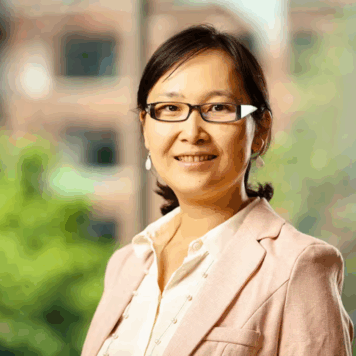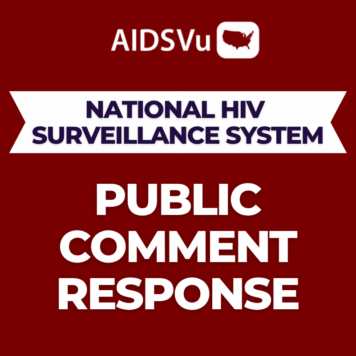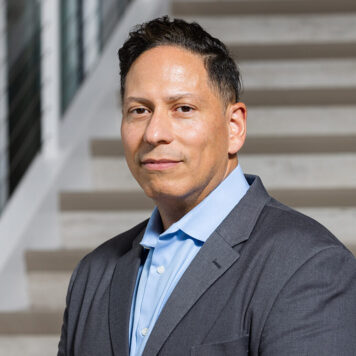Charles Stephens is the founder and executive director of The Counter Narrative Project (CNP), an Atlanta-based organization that aims to shift narratives about Black gay, bisexual, queer, and other men who have sex with men to change policy and improve lives.
Q: You have been involved in non-profit and advocacy work for decades; what originally drew you to this particular kind of work and how have you seen HIV advocacy change over time?
I came to the HIV Justice Movement as a narrative strategist and cultural organizer. I believe that bad narratives create bad policies and to counter harmful policies, we must confront harmful narratives. Many of the influences on my work have been artists and cultural workers who were also HIV advocates, such as the filmmaker Marlon Riggs, and the poet Essex Hemphill. I remain grateful to my dear friend and sister in the work, Dr. Alexis Pauline Gumbs, who has taught me so much about the writer Melvin Dixon and his connection to the HIV Justice movement, in addition Joseph Beam. What I’ve seen change the most in HIV advocacy has been the centering of intersectional HIV justice work, which looks at how HIV justice is connected to other social justice movements. I’ve learned so much from Naina Khanna, and JD Davids in particular, who continue to inspire me in this regard. But let me also make clear, that for many Black activists, historically and today, the HIV justice movement has always been intersectional. And though I’ve been encouraged by seeing more conversations in public health, among public health professionals, grappling with anti-Black racism, it’s quite obvious that there is still a very long way to go.
Q: As well as being an advocate, you are also a writer and the co-editor of an anthology about Black gay writer and activist Joseph Beam. What drew you to Beam and what do the activists of the past have to teach us about activism today?
Much of what we know about HIV movement history continues to be whitewashed and the contributions of Black folks in particular are not recognized nearly enough. I remain inspired by the early era of Black LGBTQIA+ writers and activists. My work is a love letter to their legacy. I think about Joseph Beam in particular, who even in the 1980s was critiquing mass incarceration and the prison industrial complex. It’s very empowering to know that I stand in this incredible tradition.
Q: What led you to found CNP? What methods does CNP use to get its messaging out and help its target audience?
I believed that there was a gap in the movement landscape for an organization to do the kind of arts and culture based and narrative change work that we were interested in. Our methods and approach, our theory of change, if you will, rests on three strategies. One, creating original content like what we do with our digital publication, the Reckoning, which has been nominated for a GLAAD Media Award. Two, work with and train media storytellers and content creators on how to use their platforms to combat HIV stigma. And three, work with advocates to own their own narratives through training them on innovative storytelling methods such as documentary filmmaking, podcasting, and writing for the stage and screen.
Q: In 2021, Black people accounted for nearly half of all new HIV diagnoses in the South (49%), despite accounting for only 19% of the Southern population. What is the significance of founding your organization in Atlanta?
I founded my organization in Atlanta, in part because I was born and raised here. I wanted to give something back to the city that I was from and the community that made me who I am today. Atlanta has always been on the vanguard of racial and social justice, and I believe that we should also be on the vanguard of HIV Justice and that’s why I founded my organization here.
Q: The data tells us that year after year, young Black men make up a disproportionate amount of new HIV diagnoses. How can telling their stories help change the narrative, and hopefully the data?
Narrative change is a critical part of social justice. We must continue to find ways to use art and culture to not only educate, but also to resist. There are so many opportunities for researchers and policy advocates to collaborate with artists, content creators, and storytellers, to disseminate messages and to build power. Arts and culture and storytelling can also be an extremely powerful tool to mobilize community and provide political education.
Q: This NBHAAD, what would your message be to the community?
My message is that we must continue to tell our stories and we must continue to engage artists, cultural workers, and storytellers in the HIV justice movement. If we are truly committed to social change, than we must be committed to narrative change.




